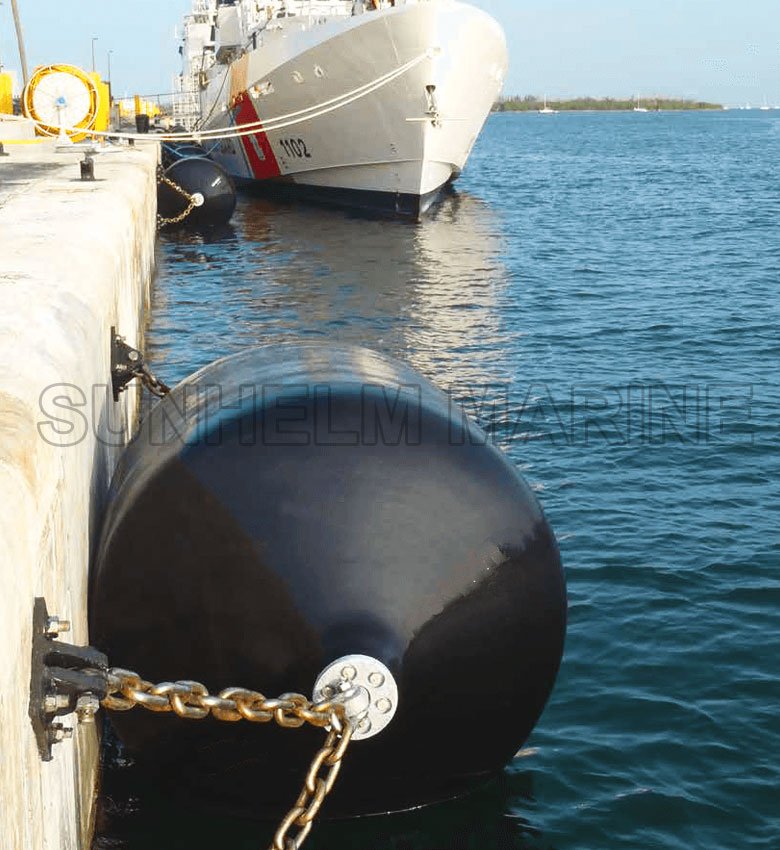Foam-based marine fenders help keep boats safe during docking and mooring. This article explains how they work, why they perform better than other options, and when to choose them for your vessel.

1. Introduction: What Are Foam Fenders?
A foam marine fender uses a closed-cell foam core with a strong outer skin, often made from polyurethane. This structure allows it to absorb impact, protect the hull, and last longer in marine environments.
2. Why Do Boats Need Protection?
When a boat docks, it often bumps into piers or other vessels. These contacts can cause damage, such as dents, scratches, or even cracks.
Traditional rubber or air-filled fenders offer some protection, but they can deflate, deform, or wear out quickly. That’s where foam models stand out.
3. How They Work to Absorb Impact
Let’s look at how these foam fenders reduce docking damage.
3.1 They Spread Out Impact Forces
The internal foam spreads force across the entire fender, rather than focusing pressure on one small area. This design protects both the dock and the boat.
3.2 They Regain Shape Quickly
After absorbing a hit, the foam bounces back almost instantly. It stays effective through repeated use, without permanent deformation.
3.3 They Work at Any Angle
Boats don’t always dock straight. These foam fenders provide reliable contact protection at multiple angles, making them ideal for tricky approaches.
4. Reliable in Harsh Conditions
Marine environments are tough, but foam fenders handle them well.
- UV-Resistant: The outer skin resists sunlight, so the fender doesn’t fade or crack.
- Saltwater-Ready: Foam materials resist corrosion, so they last longer in sea conditions.
- Temperature Tolerance: Whether it’s hot or freezing, the fender stays strong and flexible.
Because of these traits, many harbors and shipyards use them for commercial, military, and leisure boats.
5. Extra Benefits Beyond Protection
Besides absorbing impacts, these foam fenders offer practical advantages:
- No Air, No Leaks: They don’t deflate, so you won’t waste time checking pressure.
- Low Maintenance: You rarely need to inspect or repair them.
- Floating Design: They stay in place, even when water levels rise or fall.
- Custom Options: You can choose the color and size to suit your vessel or dock.
6. Conclusion: Why They’re a Smart Choice
Foam-based fenders offer reliable, long-term protection. They last in tough conditions, don’t need maintenance, and work with all kinds of boats. Whether you manage a marina or own a yacht, these foam fenders make docking safer and easier.
7. FAQs
What materials do they use?
Manufacturers use closed-cell foam and a tough outer skin like polyurethane. These materials offer both strength and flexibility.
Do they need regular maintenance?
No. Unlike inflatable fenders, these don’t require air checks or frequent upkeep.
How do they compare with air-filled models?
Foam units don’t deflate, wear down more slowly, and hold up in rough conditions. They offer a long-term, low-hassle solution for docking safety.


